Pharmacological properties
Pharmacodynamics. sedative, vasodilator, antispasmodic agent. helps reduce the excitation of the central nervous system, has a calming effect, facilitates the onset of natural sleep, reduces fever, eliminates and prevents vascular spasms, especially coronary. Phenobarbital, depending on the dose, has a calming, moderate antispasmodic or hypnotic effect by suppressing the activating effects of the centers of the reticular formation of the midbrain and medulla oblongata on the cortex of the cerebral hemispheres, reduces the flow of excitatory effects on the cerebral cortex and subcortical structures. α-bromosovaleric acid ethyl ester exhibits a sedative and antispasmodic effect, similar to the effect of valerian extract, due to irritation mainly of receptors of the oral cavity and nasopharynx, a decrease in reflex excitability in the central nervous system and an increase in inhibition phenomena in neurons of the cortex and subcortical structures of the brain, as well as a decrease in the activity of central vascular centers and a direct local antispasmodic effect on smooth muscle of blood vessels. In high doses, it also causes a mild hypnotic effect. Mint oil has a reflex vasodilator and antispasmodic effect due to irritation of cold receptors of the oral cavity and reflex dilation of mainly blood vessels of the heart and brain. Eliminates spasms of smooth muscles, has a sedative, antiseptic and mild choleretic effect.
Pharmacokinetics. When taken sublingually, absorption begins in the sublingual region, the effect manifests itself after 5-10 minutes. The bioavailability of the active substances is high (approximately 60-80%). When taken orally, the effect of the drug develops after 15-45 minutes and lasts 3-6 hours.
Indications
Neurosis with increased irritability. insomnia. in complex therapy for AG and vegetative-vascular dystonia. cardialgia, tachycardia. intestinal spasms associated with neurovegetative disorders (as an antispasmodic drug).
Application
Doses and duration of treatment depend on the course of the disease and are determined individually.
Adults are usually prescribed sublingually (under the tongue) or orally 1-2 tablets 2-3 times a day before meals.
With tachycardia and spasms of the coronary vessels (cardialgia), a single dose can be increased to 3 tablets.
Contraindications
Hypersensitivity to the components of the drug, severe liver disease, kidney damage with impaired function, severe heart failure, acute myocardial infarction, severe arterial hypotension, diabetes mellitus, porphyria, myasthenia gravis, depression, alcoholism, drug and drug addiction, respiratory diseases with shortness of breath, obstructive syndrome. pregnancy and breastfeeding. childhood.
Side effects
In some cases, the following side effects are possible:
from the digestive system: nausea, vomiting, constipation, feeling of heaviness in the epigastric region, with prolonged use – impaired liver function;
from the nervous system: asthenia, weakness, ataxia, impaired coordination of movements, nystagmus, hallucinations, paradoxical excitement, decreased concentration, fatigue, slowed reactions, headache, cognitive impairment, insomnia (in the elderly), drowsiness and mild dizziness, confusion;
from the blood system: anemia, thrombocytopenia, agranulocytosis, megaloblastic anemia;
from the cardiovascular system: arterial hypotension, bradycardia;
from the respiratory system: difficulty breathing;
from the immune system: hypersensitivity reactions, including angioedema, allergic reactions (including skin rashes, itching, urticaria);
from the skin and mucous membranes: Stevens-Johnson syndrome, toxic epidermal necrolysis (Lyell’s syndrome);
Musculoskeletal: with prolonged use of drugs containing phenobarbital, there is a risk of impaired osteogenesis. There are reports of a decrease in bone mineral density, osteopenia, osteoporosis and fractures in patients receiving long-term therapy with phenobarbital. The mechanism of action of phenobarbital on bone metabolism has not been established.
Long-term use of drugs containing bromine can lead to bromine poisoning, which is characterized by the following symptoms: CNS depression, depression, confusion, ataxia, apathy, conjunctivitis, rhinitis, lacrimation, acne, purpura.
Special instructions
During treatment, it is not recommended to engage in activities that require increased attention, rapid mental and motor reactions.
While taking the drug, you should avoid drinking alcohol.
When using phenobarbital, cases of Stevens-Johnson syndrome or toxic epidermal necrolysis (Lyell’s syndrome) have been reported. Therefore, if characteristic symptoms appear (for example, progressive skin rash, often with blisters, and damage to the mucous membrane), the drug should be discontinued and in the future, in no case should drugs containing phenobarbital be used. The risk of developing Stevens-Johnson syndrome and Lyell’s syndrome is highest in the first weeks of treatment. Early diagnosis and immediate discontinuation of the drug that could cause symptoms of Stevens-Johnson syndrome or toxic epidermal necrolysis allows you to achieve better results in treatment.
Long-term use is not recommended due to the risk of developing drug dependence, possible accumulation of bromine in the body and the development of bromine poisoning.
In cases where pain in the heart area does not go away after taking the drug, you should consult a doctor to exclude acute coronary syndrome.
The drug should be prescribed with caution in cases of arterial hypotension, hyperkinesia, hyperthyroidism, adrenal hypofunction, acute and persistent pain, acute drug intoxication.
Patients with rare hereditary forms of galactose intolerance, lactase deficiency or glucose-galactose malabsorption should not use this drug due to the content of lactose monohydrate.
Use during pregnancy and breastfeeding. Contraindicated.
Children. There is no experience of using the drug for the treatment of children (under 18 years of age), therefore the drug is contraindicated for patients of this age category.
Ability to influence the reaction rate when driving vehicles or other mechanisms. The drug may cause drowsiness and dizziness, so during the treatment period, patients are not recommended to work with dangerous mechanisms and drive vehicles.
Interactions
Phenobarbital induces liver enzymes and, thus, can accelerate the metabolism of some drugs that are metabolized by these enzymes (including paracetamol, salicylates, anticoagulants, cardiac glycosides (digitoxin), antimicrobials (chloramphenicol, doxycycline, metronidazole, rifampicin), antivirals, antifungals (griseofulvin, itraconazole), antiepileptics (anticonvulsants), psychotropics (tricyclic antidepressants, clonazepam), hormonal (estrogens, progestogens, corticosteroids, thyroid hormones), immunosuppressives (GCS, cyclosporine, cytostatics), antiarrhythmics, antihypertensives (β-adrenoceptor blockers, calcium channel blockers), oral antidiabetic drugs, etc.) phenobarbital enhances the effect analgesics, local anesthetics. When used simultaneously with other drugs that depress the central nervous system, mutual enhancement of the effect is possible. The effect of the drug is enhanced against the background of the use of valproic acid drugs, alcohol. MAO inhibitors prolong the effect of phenobarbital. Rifampicin may reduce the effect of phenobarbital. When used with gold drugs, the risk of kidney damage increases. With prolonged simultaneous use with nonsteroidal anti-inflammatory drugs, there is a risk of stomach ulcers and bleeding. Simultaneous use of phenobarbital with zidovudine increases the toxicity of these drugs. Increases the toxicity of methotrexate.
Overdose
Possible with frequent or prolonged use of the drug, which is associated with the accumulation of its components. Long-term continuous use can lead to the development of addiction, the appearance of withdrawal symptoms (psychomotor agitation, etc.).
Symptoms of severe overdose: respiratory depression, up to its cessation; CNS depression, up to coma; depression of cardiovascular activity, including rhythm disturbances, decreased blood pressure, up to a collaptoid state; decreased body temperature, decreased diuresis, rapid heartbeat or bradycardia, weakened or absent reflexes; nystagmus; headache; nausea, weakness.
Treatment is symptomatic. Acute poisoning should be treated as in the case of barbiturate poisoning. Depending on the severity of the symptoms of poisoning, patients may require intensive therapy. It is necessary to stabilize breathing and blood circulation. Respiratory failure is overcome by artificial respiration, shock is stopped by the introduction of blood plasma and plasma substitutes. If a short time has passed since taking the drug (no more than 6 hours), gastric lavage is necessary, followed by the introduction of a sorbent (activated carbon) and sodium sulfate. In order to quickly remove the barbiturate from the body, forced diuresis with alkalis can be performed, as well as hemodialysis and / or hemoperfusion.
The elimination of bromine ions from the body can be accelerated by the introduction of a significant amount of table salt solution with the simultaneous administration of saluretics.
If poisoning is not treated, the patient’s life may be threatened due to vascular insufficiency, respiratory paralysis or pulmonary edema.
If hypersensitivity reactions occur, prescribe desensitizing drugs.
Storage conditions
In the original packaging at a temperature not exceeding 25 °C.

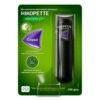
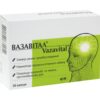
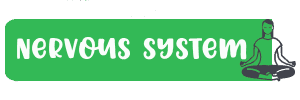
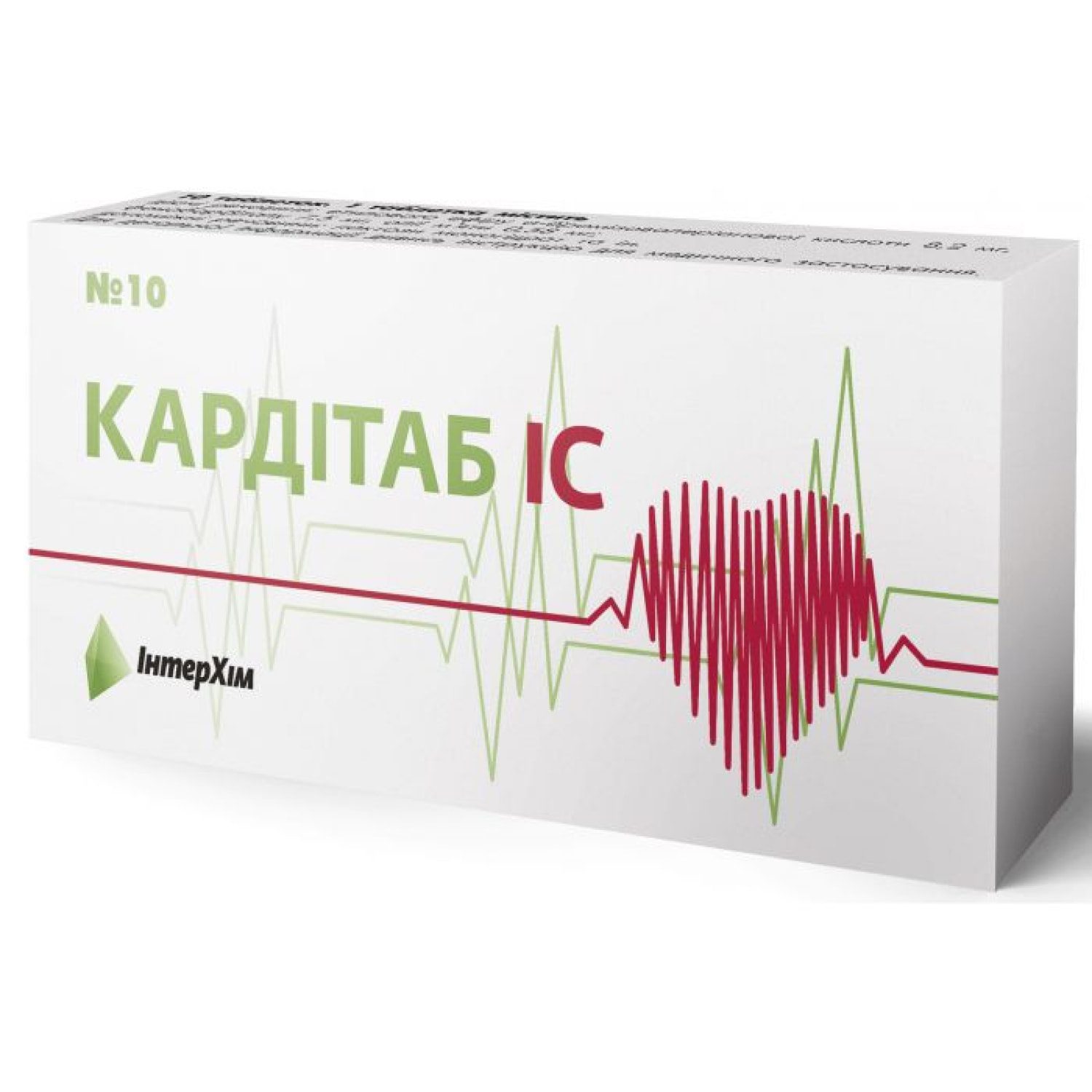


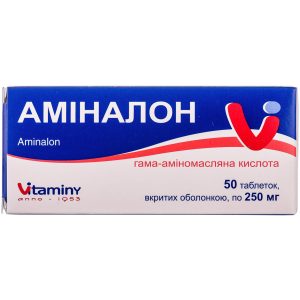
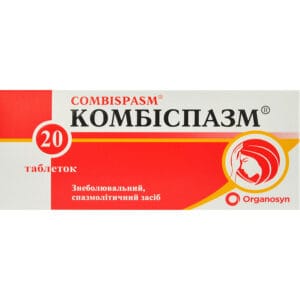
Reviews
There are no reviews yet.